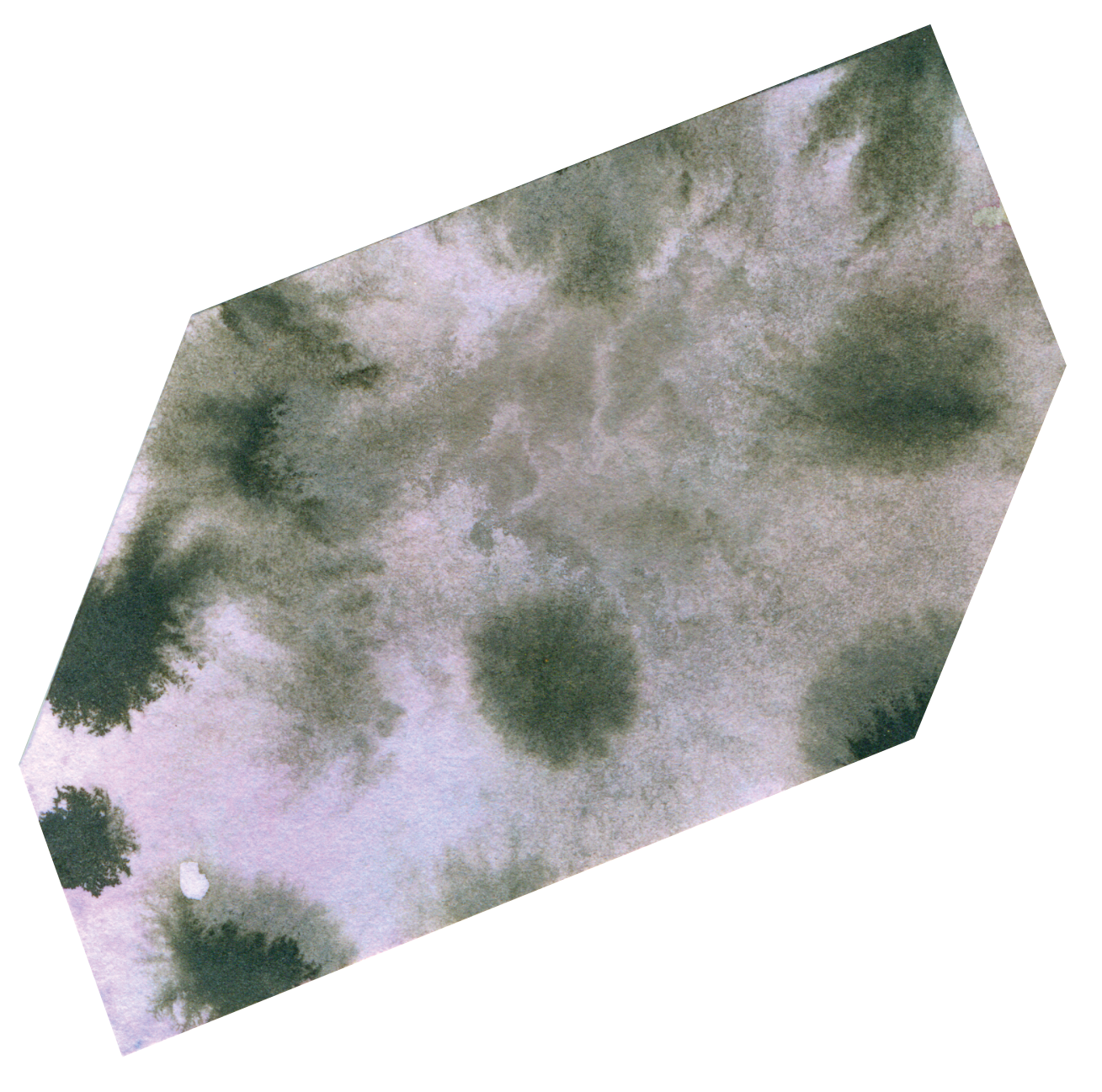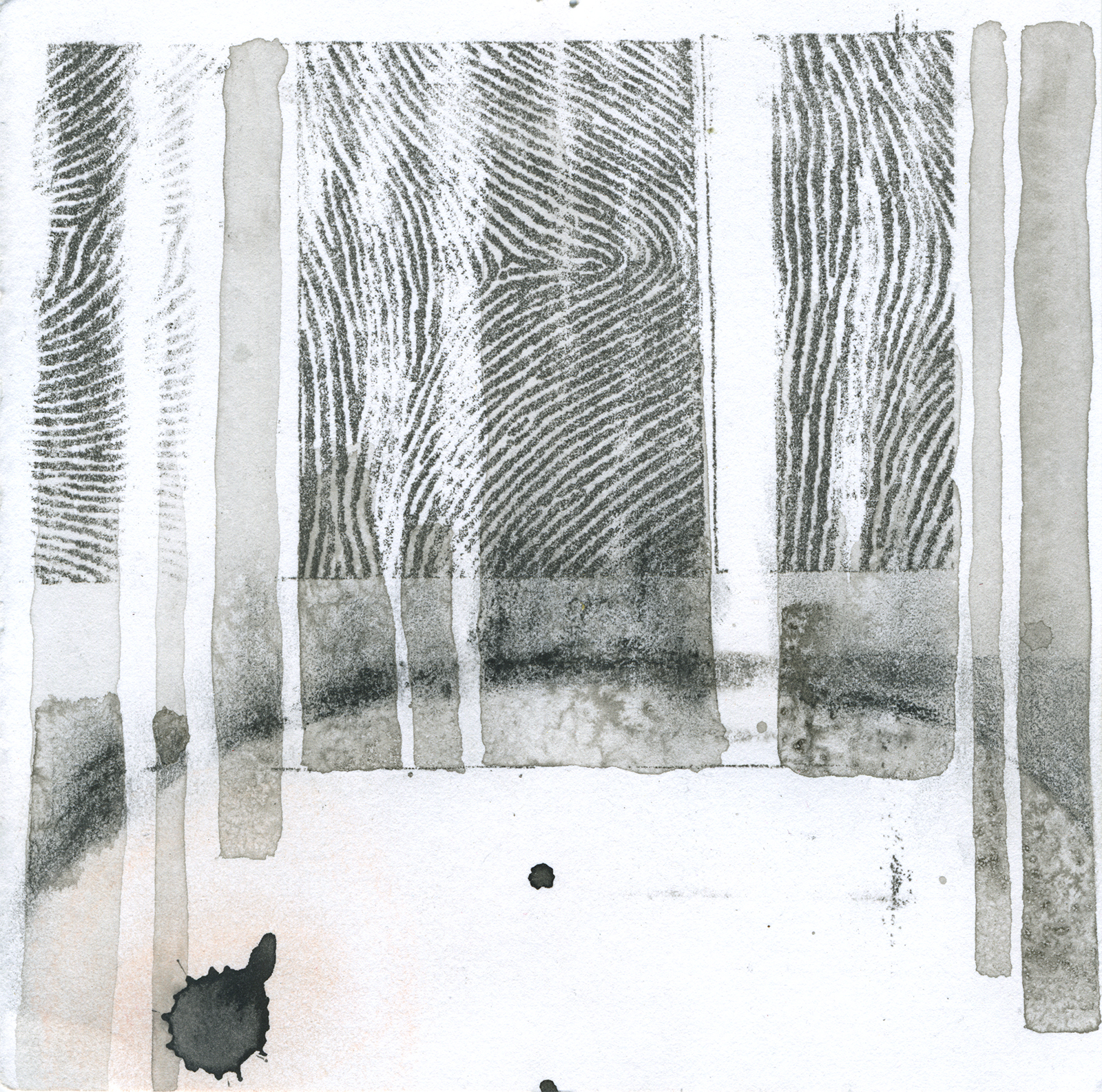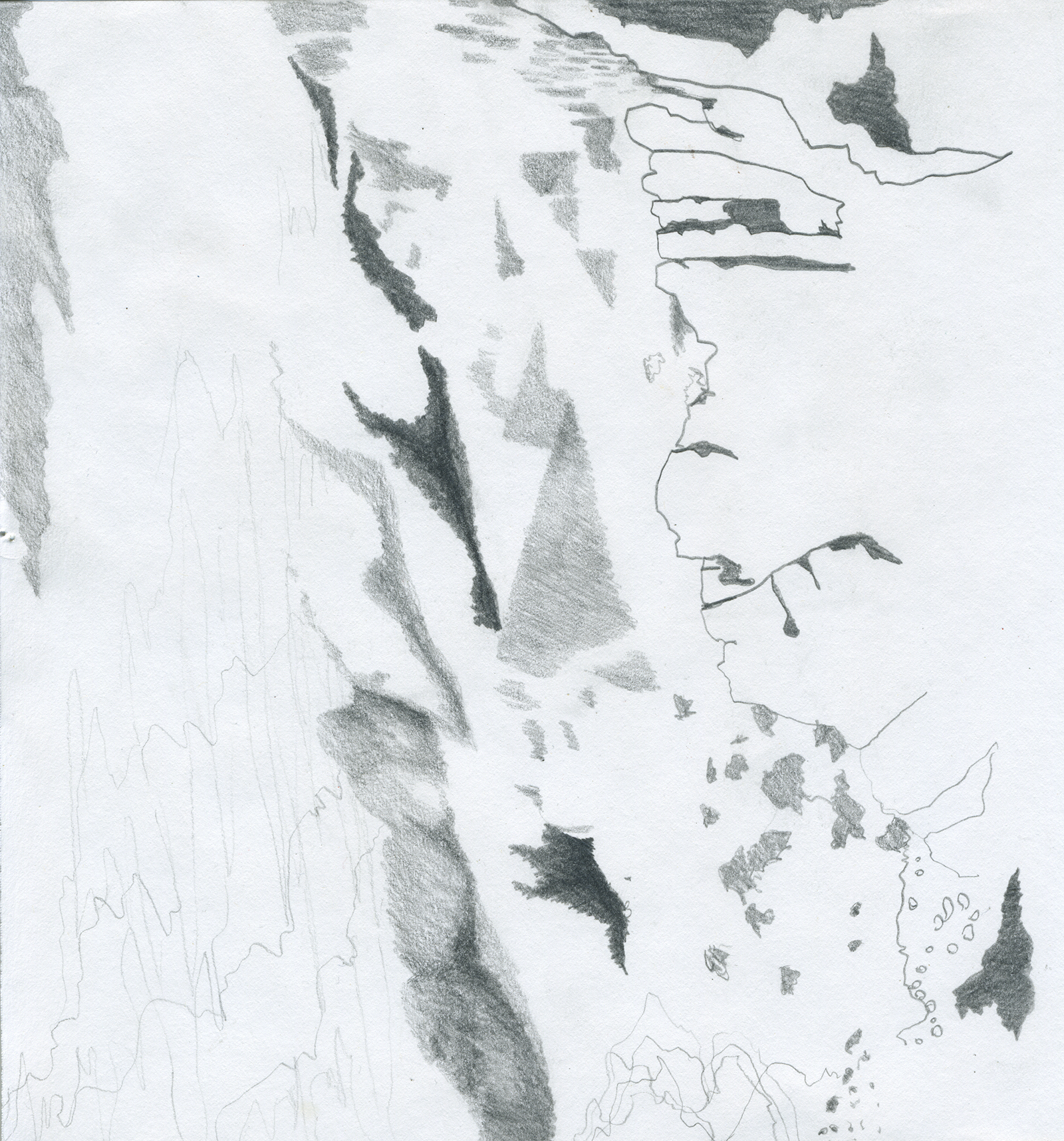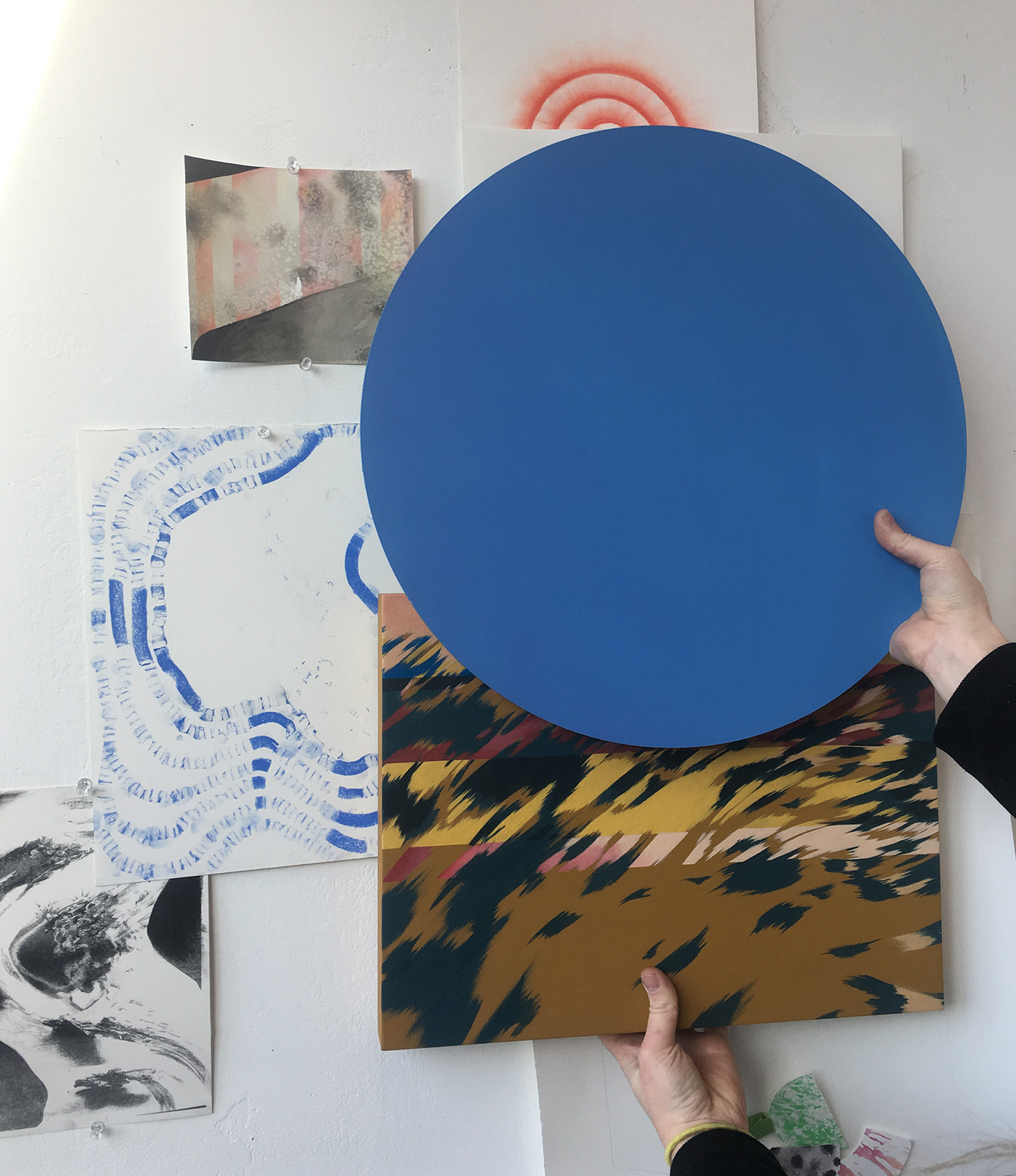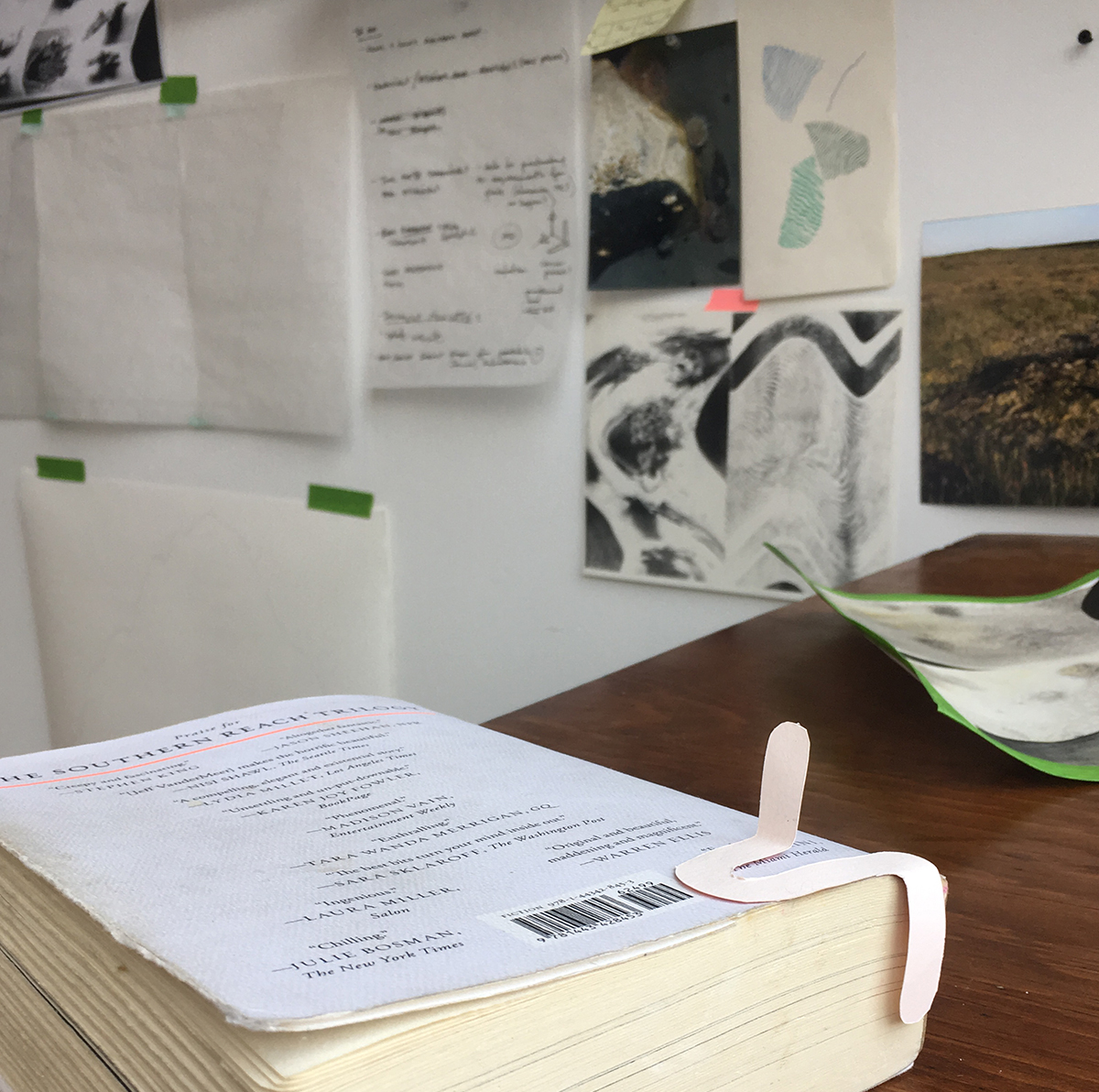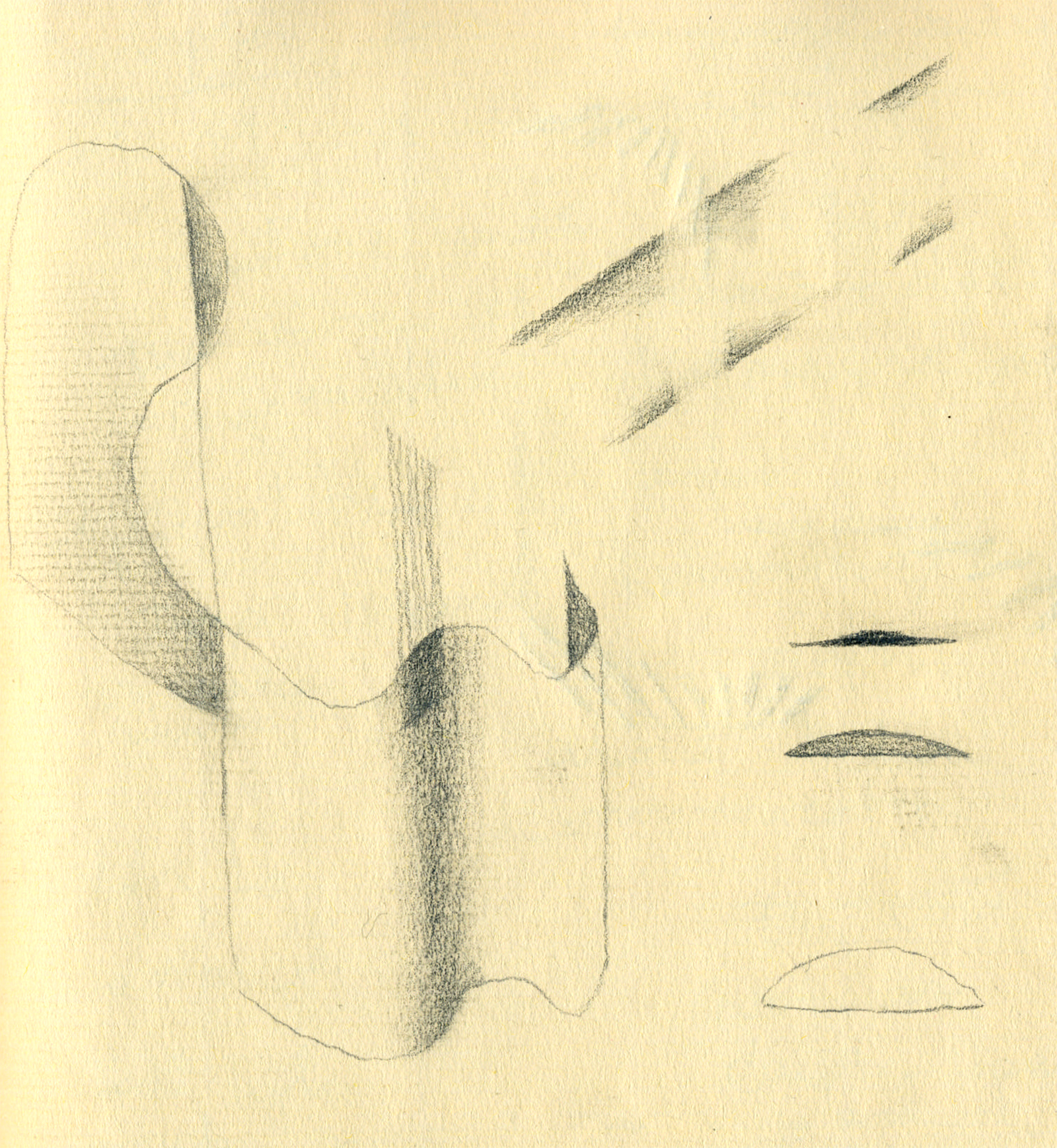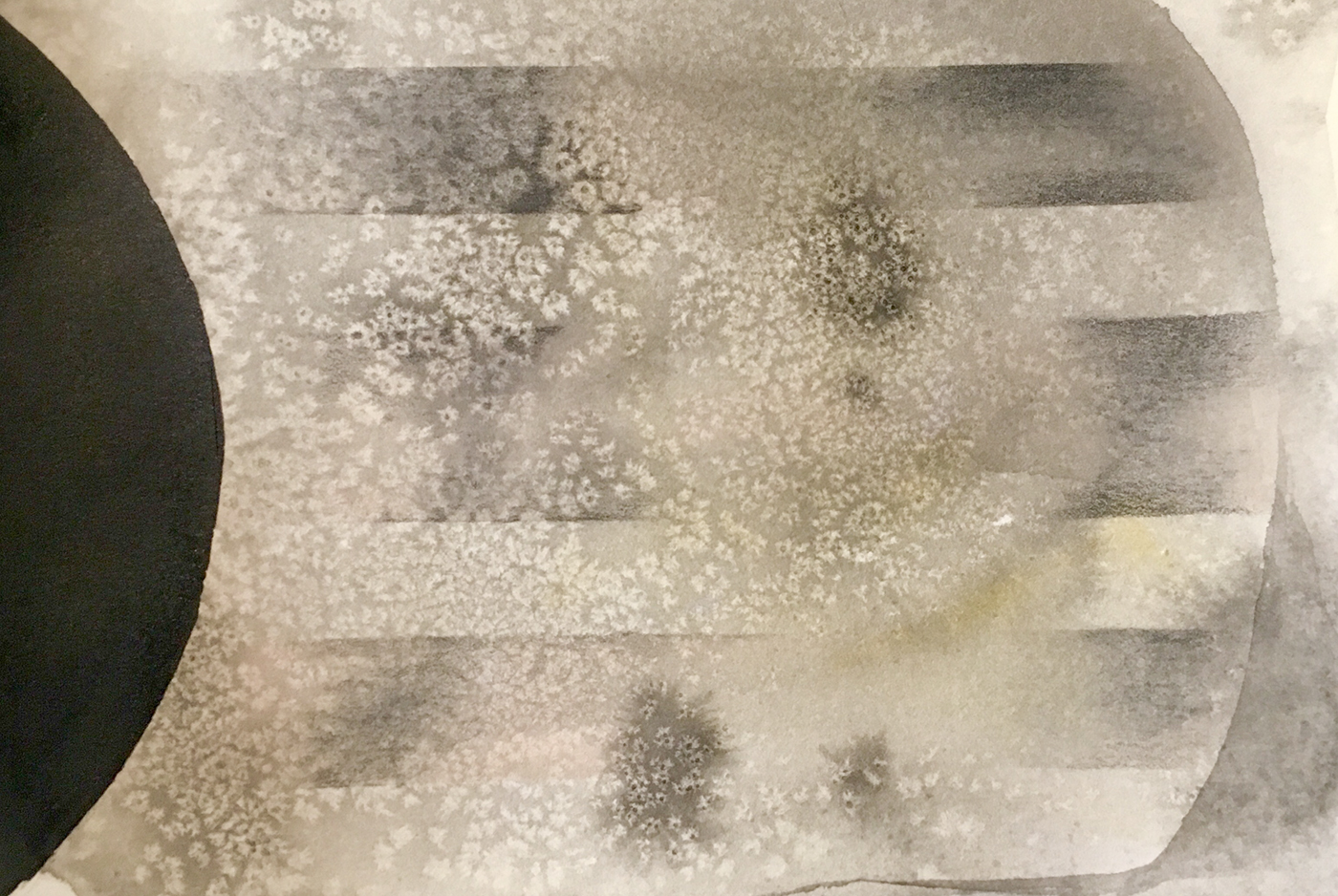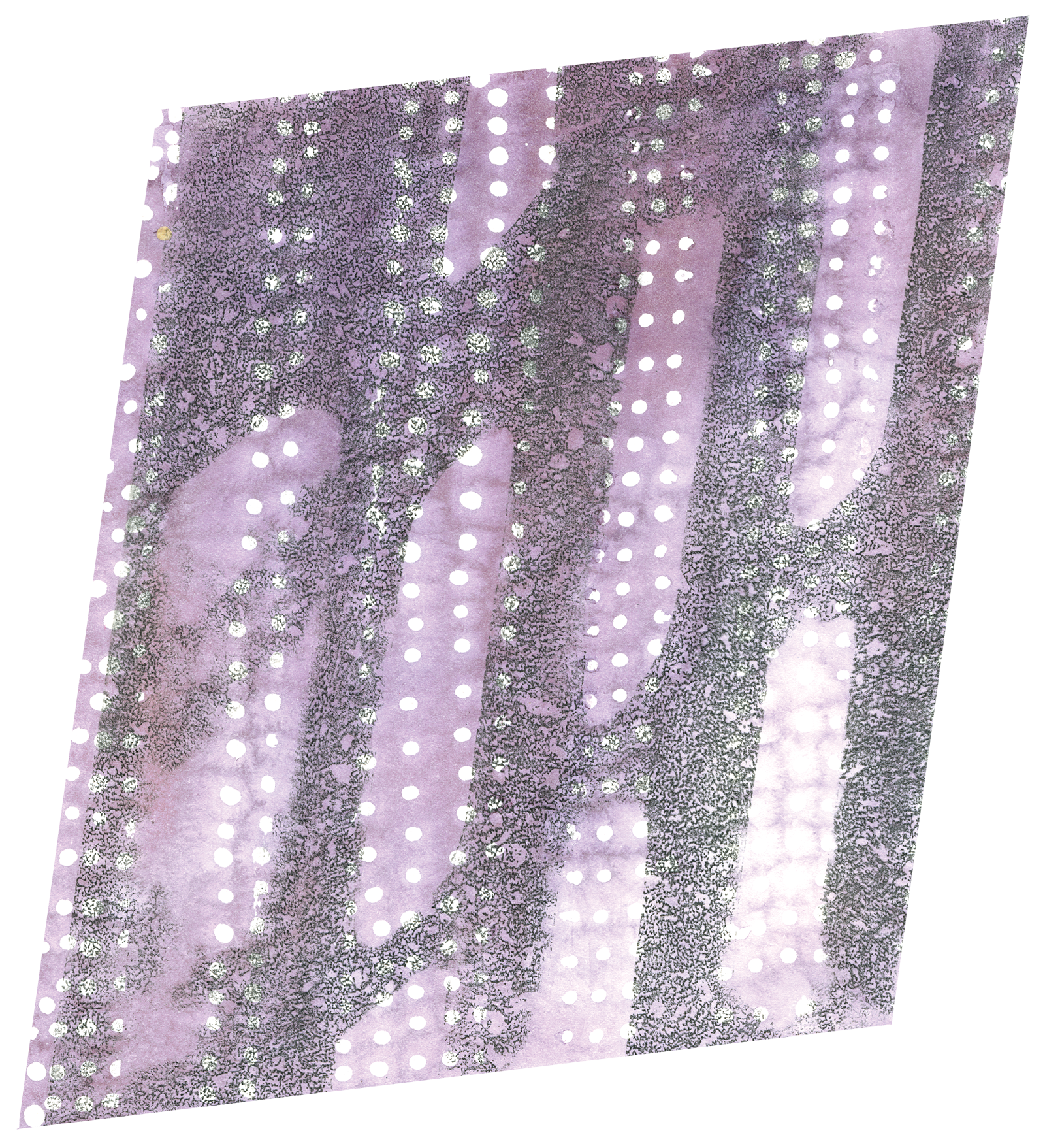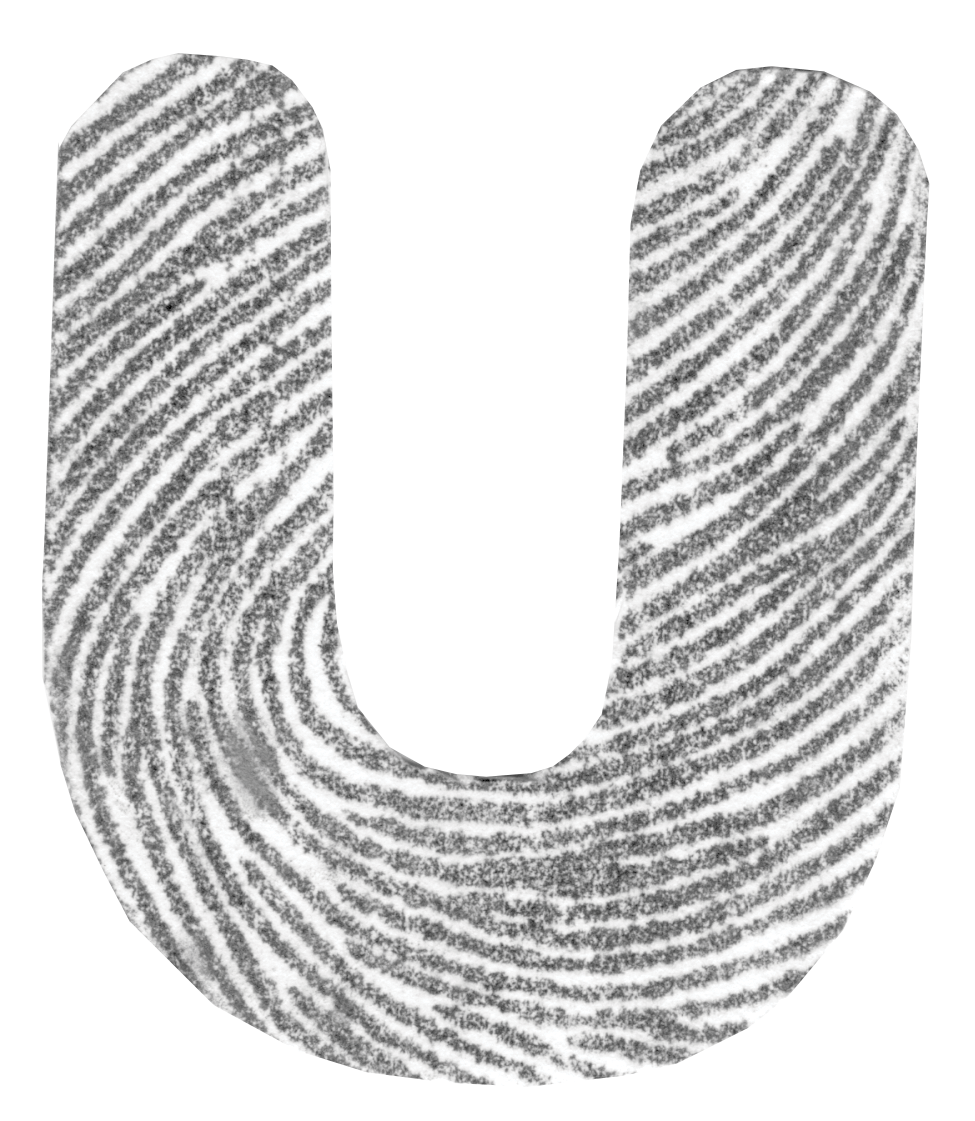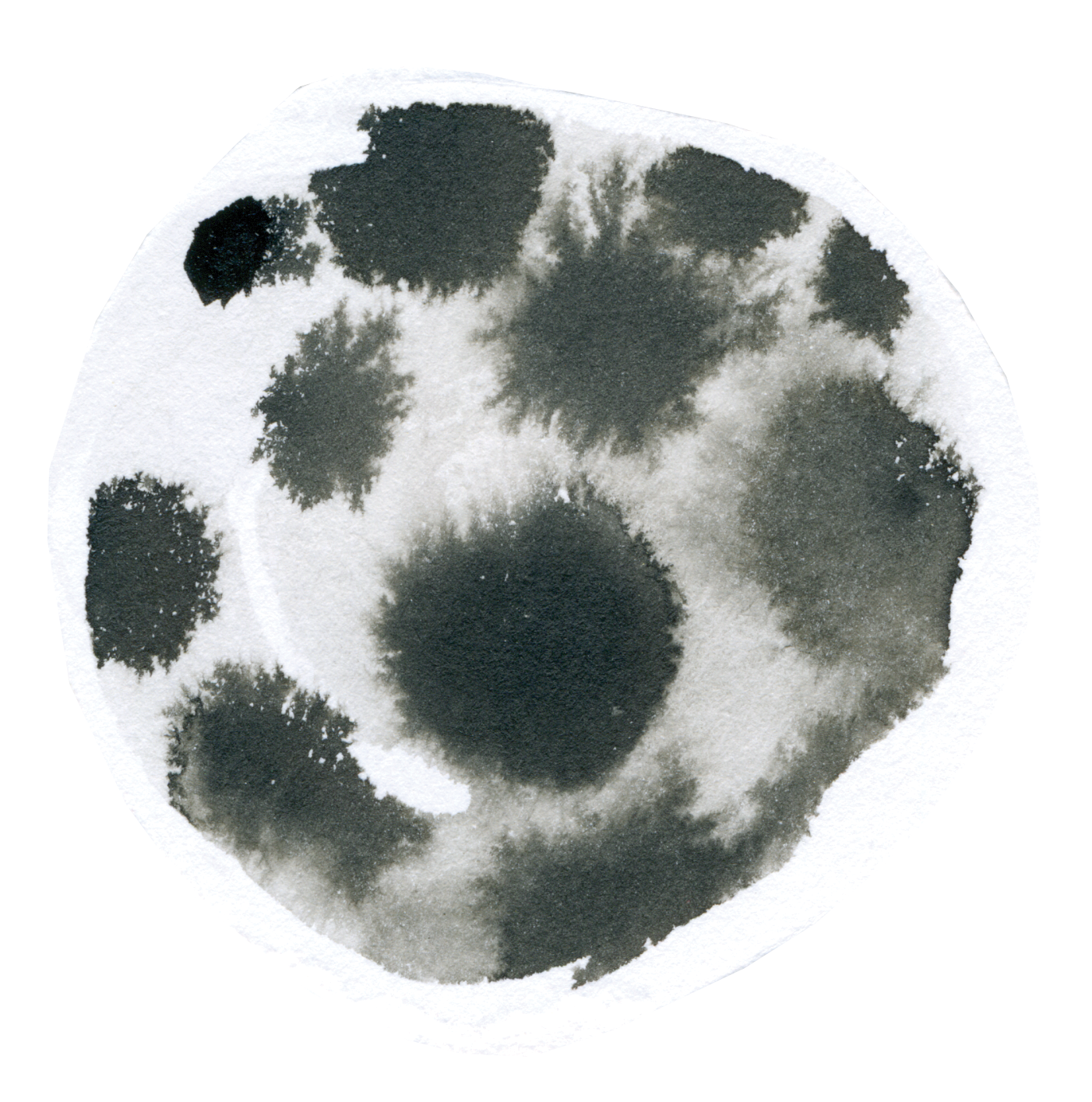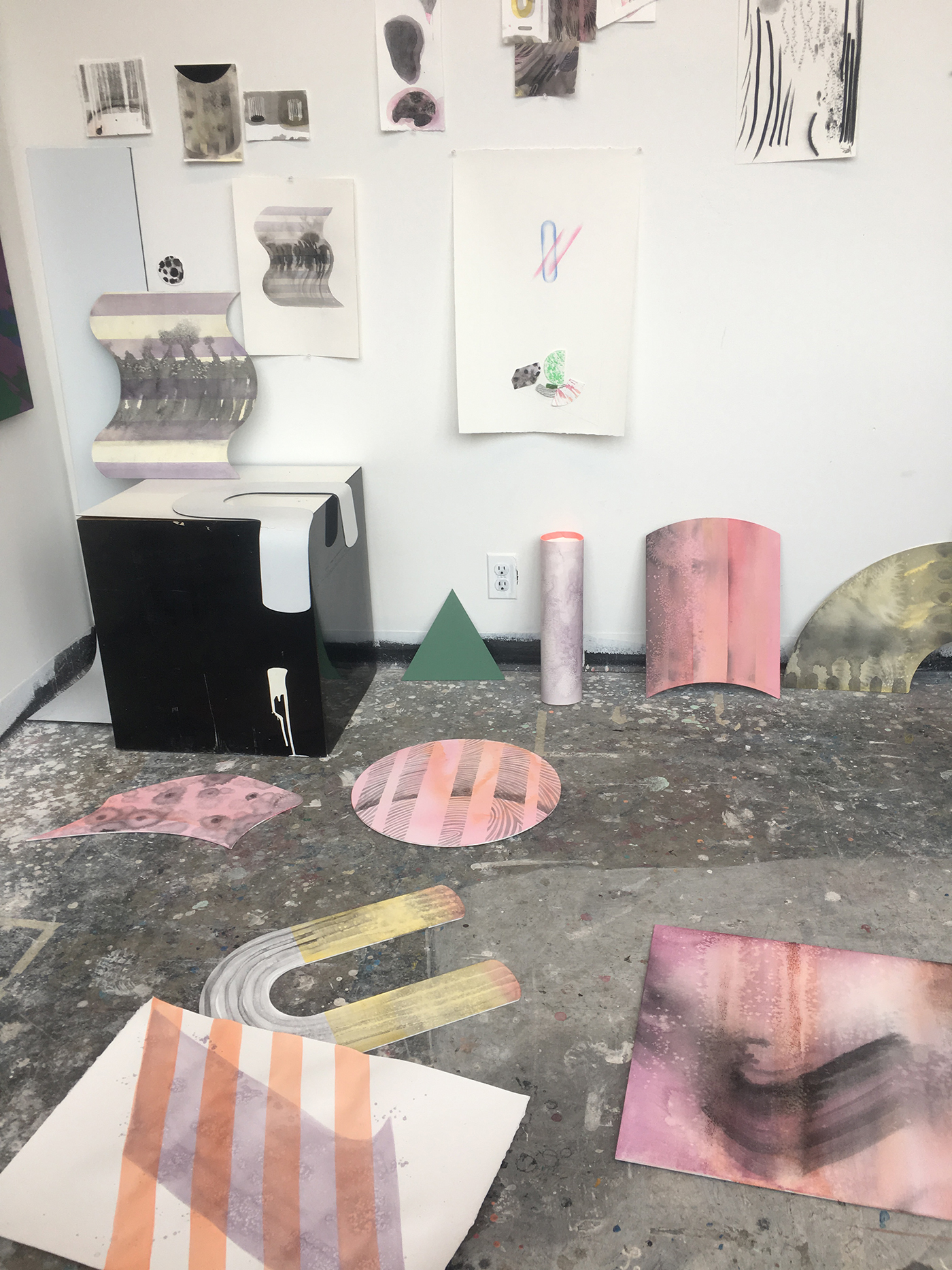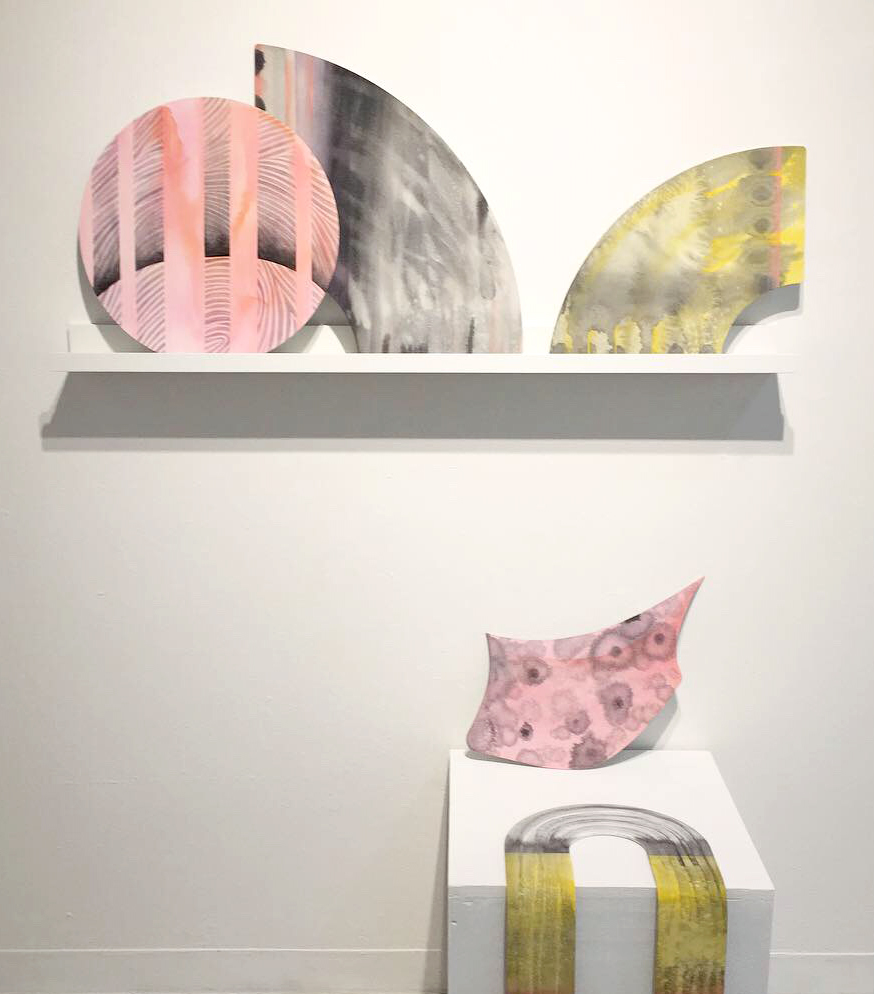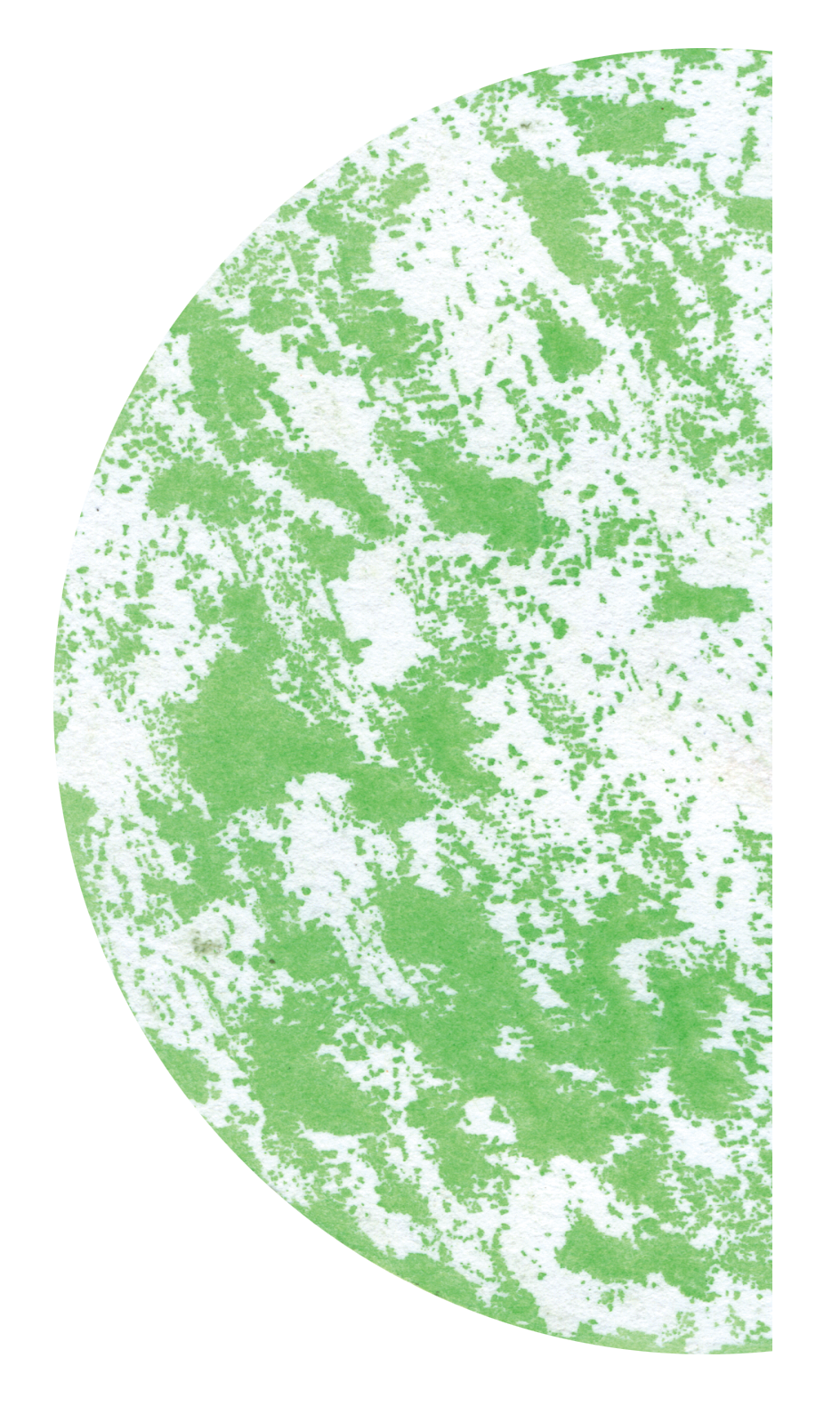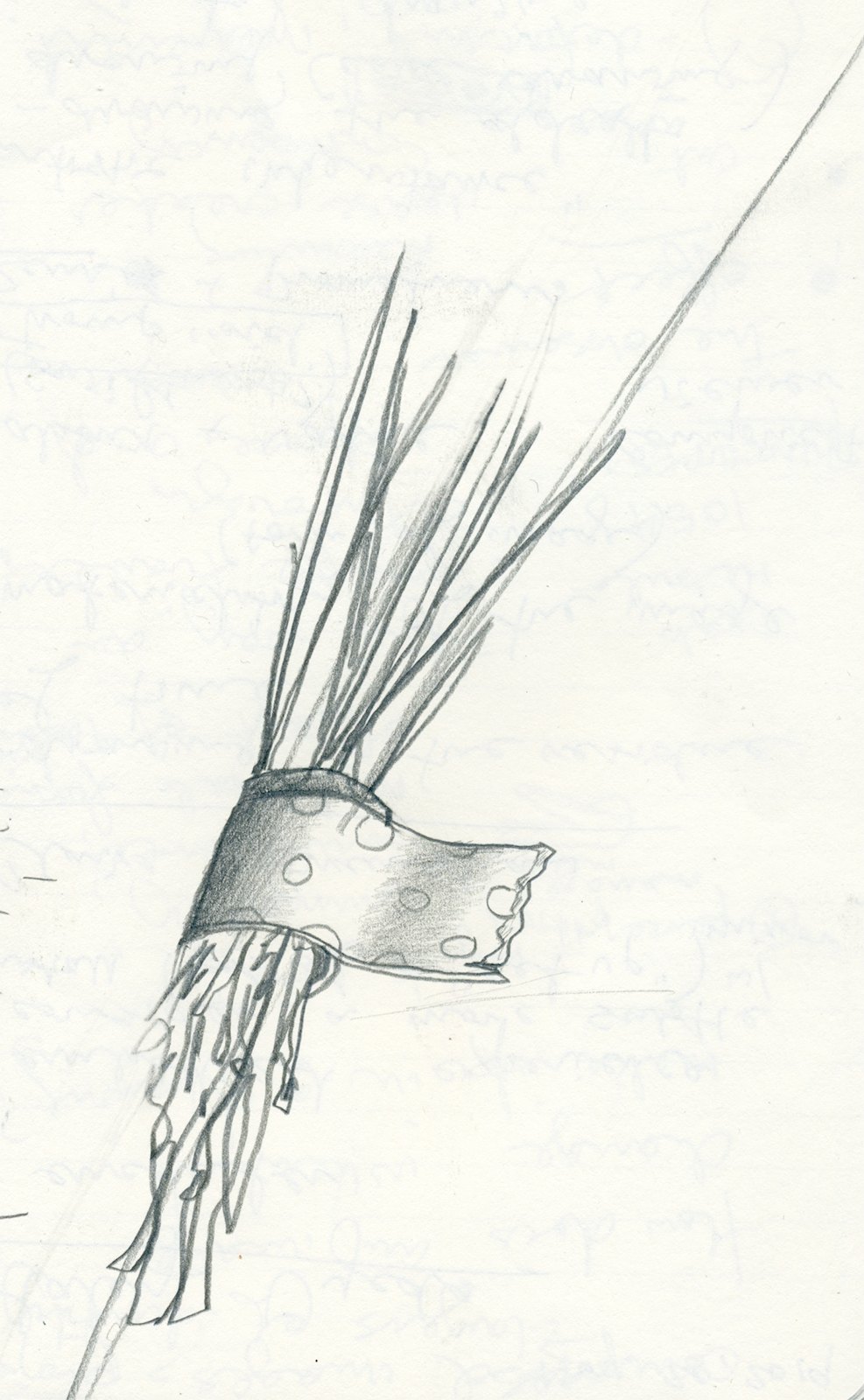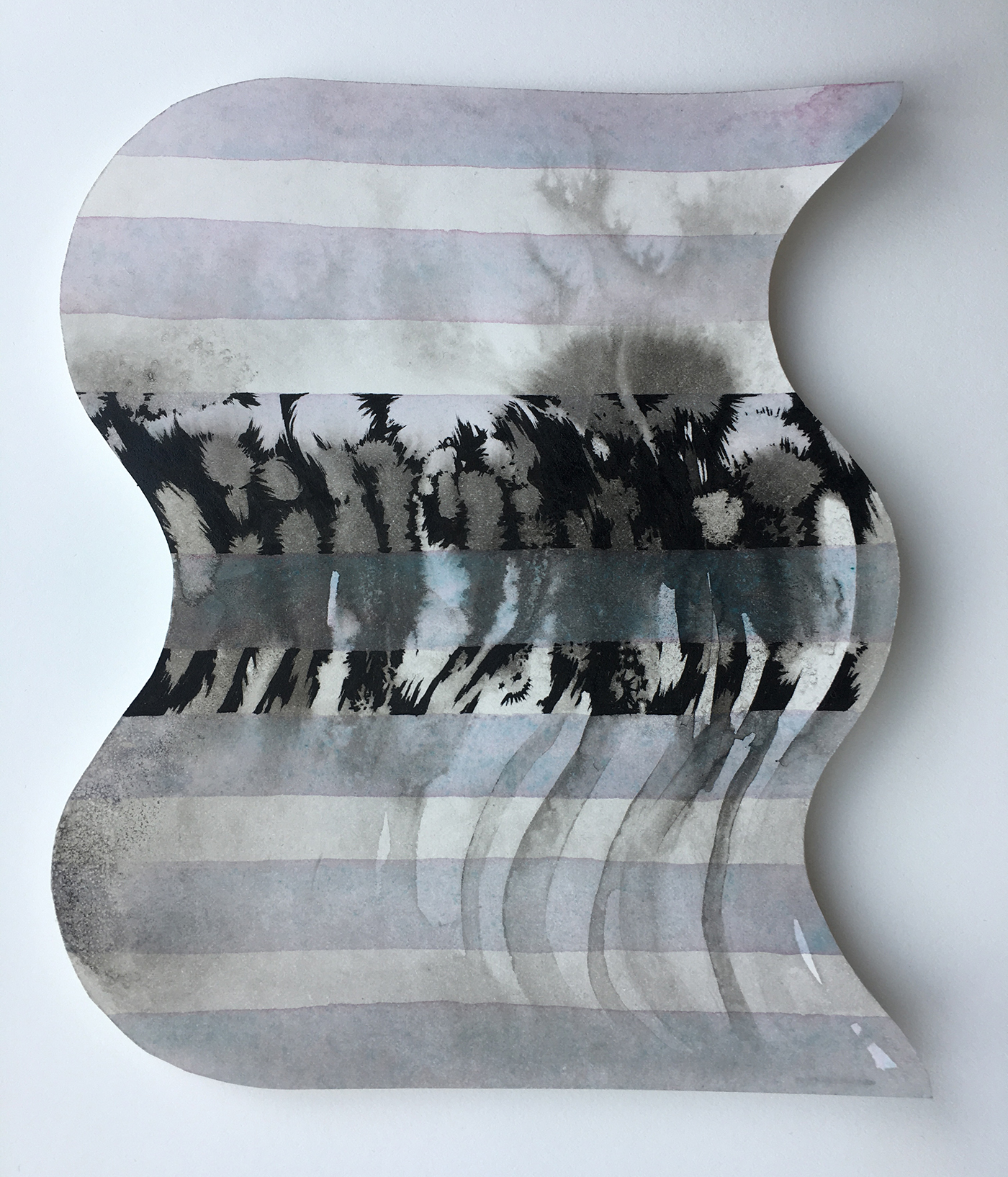Notes
Right: Sketches,Maquettes & Process
Shea Chang, 2018-2020
Below: Field research photos
Shea Chang, 2017-2020
![]()
1 Photographs taken in Iceland, Toronto and California, 2017-2020
![]() 2 Rice Bowl
2 Rice Bowl
![]()
3 Studio Ephemera: plastic fan, tassles and sewing cushion
![]()
4 Misc. reference photos
![]()
3 Photograph of a paper kite at Lydia and Philip Chang’s home in Piers Island, BC, 2019
To assemble source imagery for this body of work, I gathered inspiration by taking photographs of pieces from my family’s home that represented mixed and skewed object histories. Chinese ink paintings on fan-shaped paper, ceramic vases, opalescent fishing lures, or Saskatchewan braided wheat décor were all items that filtered into the visual world of my bi-racial family home growing up in British Columbia.
Whether passed down from my grandmother’s dowry, purchased at a garage sale, or bought from a dollar store in Chinatown, the histories of these objects were murky, obfuscated, with origins entangled between available and adrift. The personal vernacular brought to this project became an amalgamation of references that connected landscape to memory. In my circumstance of inherited culture and migration, a cheap Chinese paper kite became symbolic of the elusive yet intertwined lines connecting origin, migration and the traces of lost or gained cultural lineages between them.
In addition to these personal objects, I amassed photographs that I took in various locales from my field studies over the last 2 years, including locales from West coast of BC, Southern Ontario, San Francisco, California, and Southern Iceland. Through each encounter, my areas of investigation were focused on symbiotic relationships in geological and biological environments of liminal shorelines. Through these trips, I was presented with both the privilege and physical challenge to experience many of these places through intimate personal encounter.
Through these personal, external and experiential fragments, I drew together inspiration to begin the next experimental phase of my creative process. In order to generate a new visual language, I played with simple prompts, creative parameters and exercises. Free-associative drawing, expressive mark-making and experimental techniques were the impetus for investigations in charcoal, graphite ink and water-based paint processes, masking techniques, salts on water colour pigments, photocopied distortions, toner and solvent transfers, paper collage and maquettes.
I considered everything generated during this experimental period as future fodder for something else, as each piece was saved as a study, later collaged, or incorporated into another piece. As photocopies were hybridized into mixed media drawings, and collages co-opted into paintings, mutations took shape and the work began a process of metamorphosis.
Barad, Karen, et al. No Small Matter: Mushroom Clouds, Ecologies of Nothingness, and Strange Topologoies of Spacetimemattering, Arts of Living on a Damaged Planet. University of Minnesota Press, 2017.
Right: Sketches,Maquettes & Process
Shea Chang, 2018-2020
Below: Field research photos
Shea Chang, 2017-2020
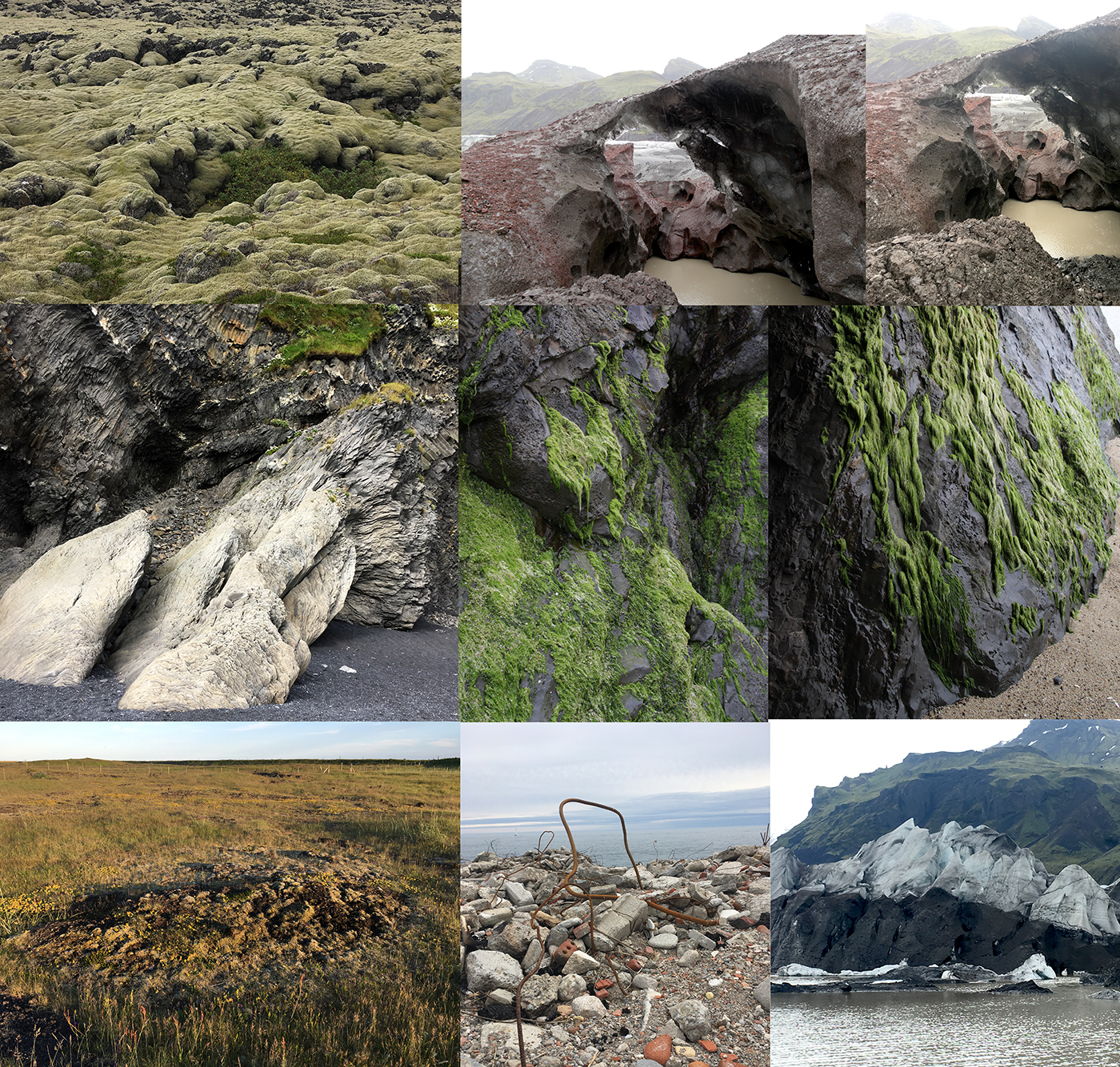
1 Photographs taken in Iceland, Toronto and California, 2017-2020
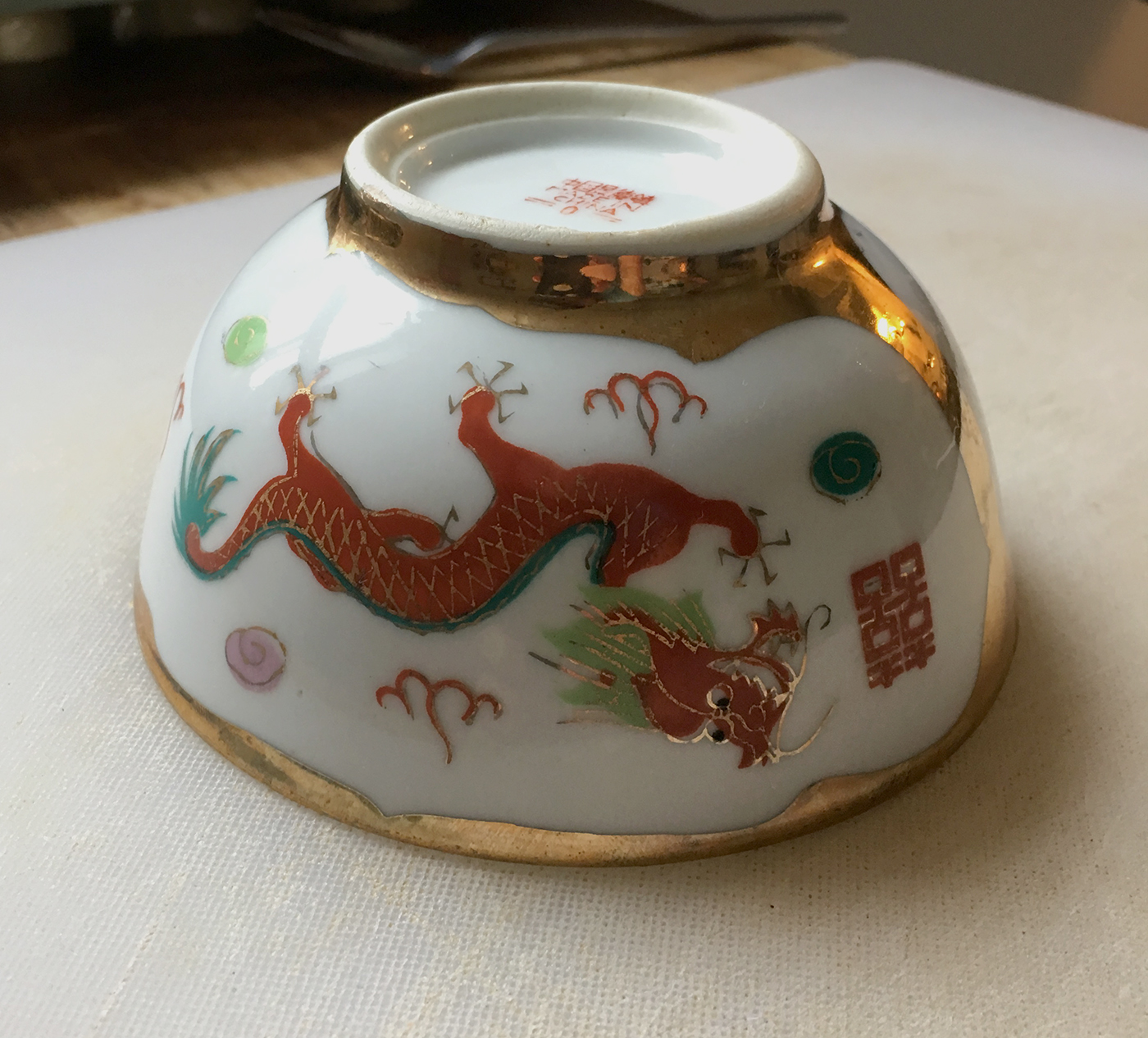 2 Rice Bowl
2 Rice Bowl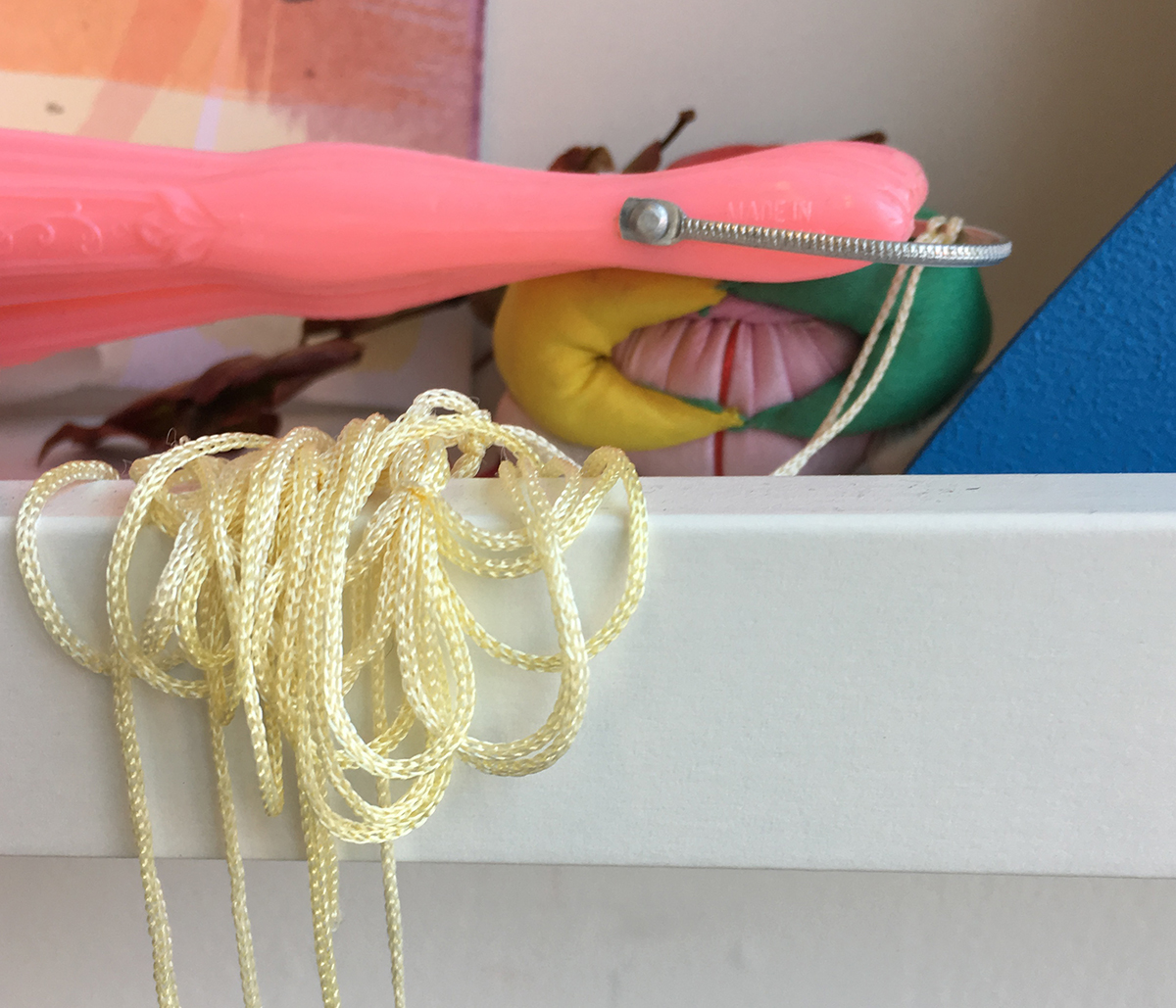
3 Studio Ephemera: plastic fan, tassles and sewing cushion

4 Misc. reference photos
3 Photograph of a paper kite at Lydia and Philip Chang’s home in Piers Island, BC, 2019
To assemble source imagery for this body of work, I gathered inspiration by taking photographs of pieces from my family’s home that represented mixed and skewed object histories. Chinese ink paintings on fan-shaped paper, ceramic vases, opalescent fishing lures, or Saskatchewan braided wheat décor were all items that filtered into the visual world of my bi-racial family home growing up in British Columbia.
Whether passed down from my grandmother’s dowry, purchased at a garage sale, or bought from a dollar store in Chinatown, the histories of these objects were murky, obfuscated, with origins entangled between available and adrift. The personal vernacular brought to this project became an amalgamation of references that connected landscape to memory. In my circumstance of inherited culture and migration, a cheap Chinese paper kite became symbolic of the elusive yet intertwined lines connecting origin, migration and the traces of lost or gained cultural lineages between them.
In addition to these personal objects, I amassed photographs that I took in various locales from my field studies over the last 2 years, including locales from West coast of BC, Southern Ontario, San Francisco, California, and Southern Iceland. Through each encounter, my areas of investigation were focused on symbiotic relationships in geological and biological environments of liminal shorelines. Through these trips, I was presented with both the privilege and physical challenge to experience many of these places through intimate personal encounter.
Through these personal, external and experiential fragments, I drew together inspiration to begin the next experimental phase of my creative process. In order to generate a new visual language, I played with simple prompts, creative parameters and exercises. Free-associative drawing, expressive mark-making and experimental techniques were the impetus for investigations in charcoal, graphite ink and water-based paint processes, masking techniques, salts on water colour pigments, photocopied distortions, toner and solvent transfers, paper collage and maquettes.
I considered everything generated during this experimental period as future fodder for something else, as each piece was saved as a study, later collaged, or incorporated into another piece. As photocopies were hybridized into mixed media drawings, and collages co-opted into paintings, mutations took shape and the work began a process of metamorphosis.
Barad, Karen, et al. No Small Matter: Mushroom Clouds, Ecologies of Nothingness, and Strange Topologoies of Spacetimemattering, Arts of Living on a Damaged Planet. University of Minnesota Press, 2017.
The Grotto as an Intertidal pool
~ processes of
intra-action
